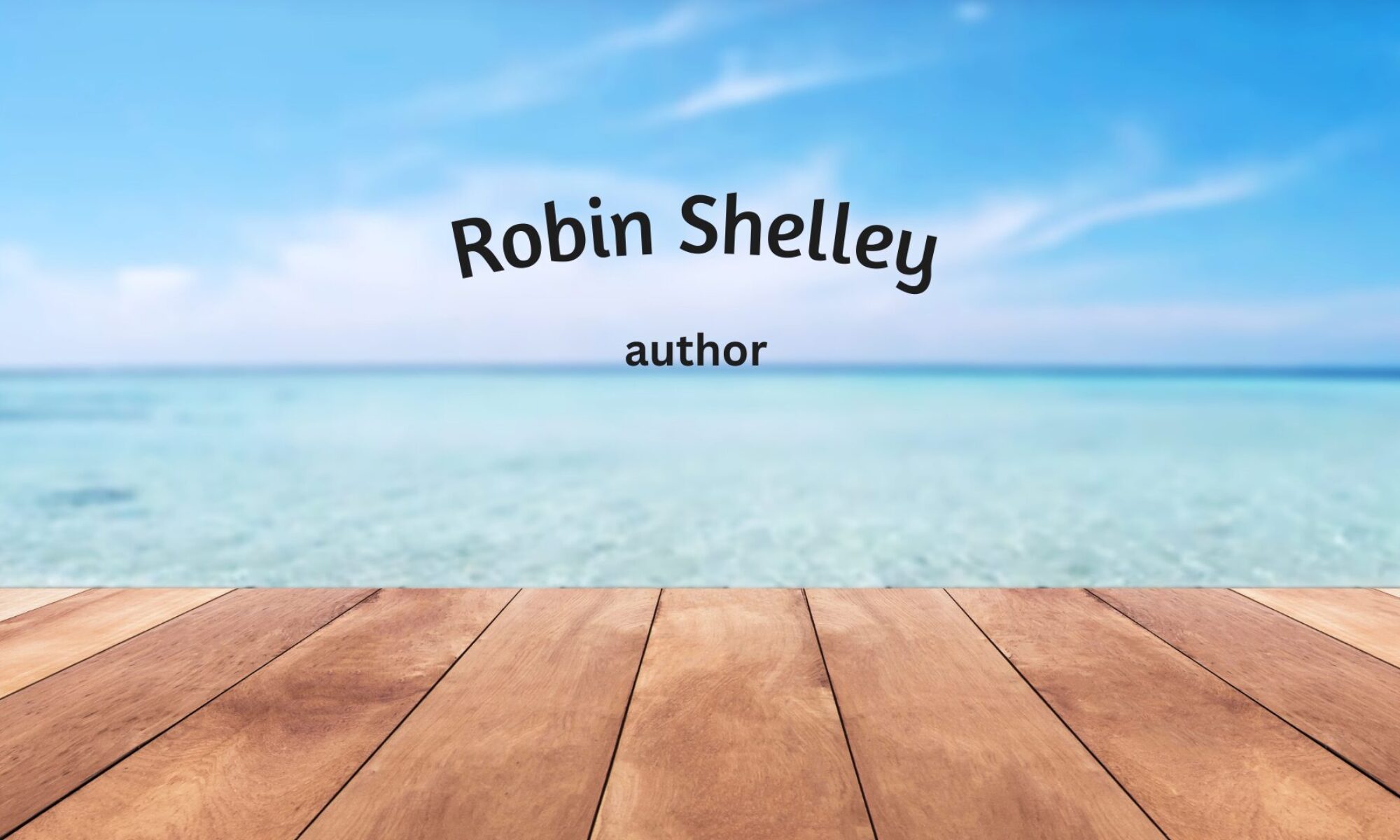Hello readers! I wanted to tell you about another great book to check out – The Forest of Vanishing Stars by Kristin Harmel. It’s already creating a buzz in the book world even before its July 6 publication date.

Kristin, a master storyteller through the historical fiction outlet, continues her exploration of the Jewish experience during WWII. She takes a fresh angle by setting the book in the forests where Jews are hiding, rather than in the ghettos or extermination camps.
Twenty-some years ago a woman kidnapped two-year-old Yona from her German parents. (Don’t worry. This isn’t a spoiler. The kidnapping happens right at the opening of the book.) Since then they have lived together in the forest. Yona is taught survival skills – how to provide food, shelter and physical protection for herself. Just as the war closes in on them, her kidnapper dies leaving Yona on her own.
Russian partisans and German troops begin canvassing the forests for Jews who have escaped nearby occupied towns. Although Yona was taught to fear people, she feels the need to help the Jews she finds in the forest. She can teach them the skills they need to survive.
For a book set mainly in the forest, it covers many topics: love, family, betrayal, surprises, danger, sacrifice, evil, discovery of self, questioning of ancestry, leadership vs. power, and more.
The story feels realistic because it has balance. Yona can help some of the groups she encounters; others she cannot. Sometimes she feels like part of a family and sometimes she feels like the outsider. She makes mistakes and she makes wise decisions. Other characters aren’t simply good or bad; they are complicated like real people. Continue reading “The Forest of Vanishing Stars by Kristin Harmel”

 Patti Callahan (also Patti Callahan Henry), writer of women’s fiction and historical fiction, is known for books such as Becoming Mrs. Lewis, about the love of C.S. Lewis, as well as Losing the Moon, And Then I Found You, The Bookshop at Water’s End and many more. Patti’s newest is an amazing story about the sinking of the steamship Pulaski, nicknamed the Titanic of the South, in her newest historical fiction Surviving Savannah.
Patti Callahan (also Patti Callahan Henry), writer of women’s fiction and historical fiction, is known for books such as Becoming Mrs. Lewis, about the love of C.S. Lewis, as well as Losing the Moon, And Then I Found You, The Bookshop at Water’s End and many more. Patti’s newest is an amazing story about the sinking of the steamship Pulaski, nicknamed the Titanic of the South, in her newest historical fiction Surviving Savannah. Told in dual timelines, readers experience the sinking of a luxury ship, the Pulaski, through the eyes of passengers from the Longstreet family as well as a modern day researcher.
Told in dual timelines, readers experience the sinking of a luxury ship, the Pulaski, through the eyes of passengers from the Longstreet family as well as a modern day researcher.